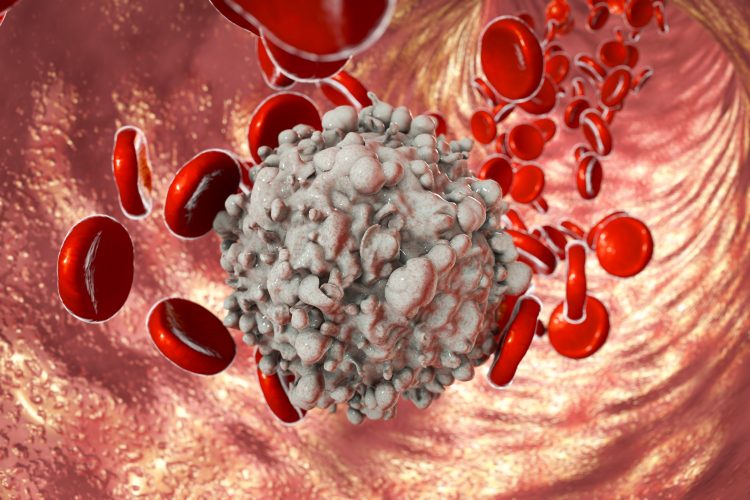Mouse study at USC reveals why leukemic mutation varies
Posted: 3 April 2023 | Taylor Mixides (Drug Target Review) | No comments yet
A mechanism linked to a genetic mutation could help identify patients who are at higher risk of developing leukaemia.


A new study published in Blood, focuses on a genetic mutation associated with leukaemia. While some individuals with this mutation remain healthy, others develop the disease. The researchers at the USC Stem Cell laboratory, US, found a mechanism linked to this mutation, which could help identify patients who are at higher risk of developing leukaemia.
The new study, which focused on a genetic mutation associated with leukaemia found a mechanism linked to this mutation, could help identify patients who are at higher risk of developing leukaemia. While some individuals with this mutation remain healthy, others are at higher risk of developing the disease.
The study involved tracking individual blood stem cells in mice with a specific genetic mutation, called TET2, which is commonly found in patients with myeloid leukaemia. The researchers discovered that certain blood stem cells, known as clones, contributed more to the overall population of blood and immune cells. These clones tended to produce many myeloid cells, including immune cells called granulocytes, which could potentially lead to myeloid leukaemia.
Significant differences were found in the gene activity of the over-contributing clones in comparison to the other clones. Specifically, the over-contributing clones showed decreased activity in various genes known to prevent the development of leukaemia and other cancers. They also exhibited reduced activity in genes involved in RNA splicing, a process that removes non-coding sequences from RNA messages that are responsible for protein production in cells.
The research team identified one RNA splicing gene, Rbm25, that displayed a considerable reduction in its activity within the over-contributing clones. To explore the effect of Rbm25, the scientists used CRISPR-Cas9 gene manipulation to increase or decrease Rbm25 activity in cells with TET2 mutations. Results indicated that boosting Rbm25 activity slowed cell proliferation, while reducing it caused cells to multiply more rapidly and caused alterations in RNA splicing of the gene Bcl2l1, which regulates programmed cell death or apoptosis. Apoptosis is a crucial process that removes abnormal cells from the body, such as pre-cancerous cells that rapidly multiply and produce dangerous mutations that could result in illness.
The recent findings in mice suggest that Rbm25 activity has a negative correlation with the count of white blood cells, which is an indicator of poor prognosis in individuals diagnosed with myeloid leukaemia.
“Our study suggests that a leukaemia-associated genetic mutation could trigger different amounts of myeloid cell production, which may be modulated by other risk factors such as RNA splicing regulators,” said Associate Professor Rong Lu, from USC, and a Leukaemia & Lymphoma Society Scholar. “These findings could be used to better stratify which patients are at the highest risk, and also present intriguing possibilities for developing future therapies that target aberrant RNA splicing in pre-leukaemia phases.”
Following the latest findings in mice, it has been observed that Rbm25 activity is inversely related to the number of white blood cells, which is an indicator of poor survival in human patients diagnosed with myeloid leukaemia.
Related topics
CRISPR, Drug Discovery, Genetic Analysis, Genomics, In Vivo, Stem Cells
Related conditions
Leukaemia
Related organisations
Keck School of Medicine of USC, USC Stem Cell








